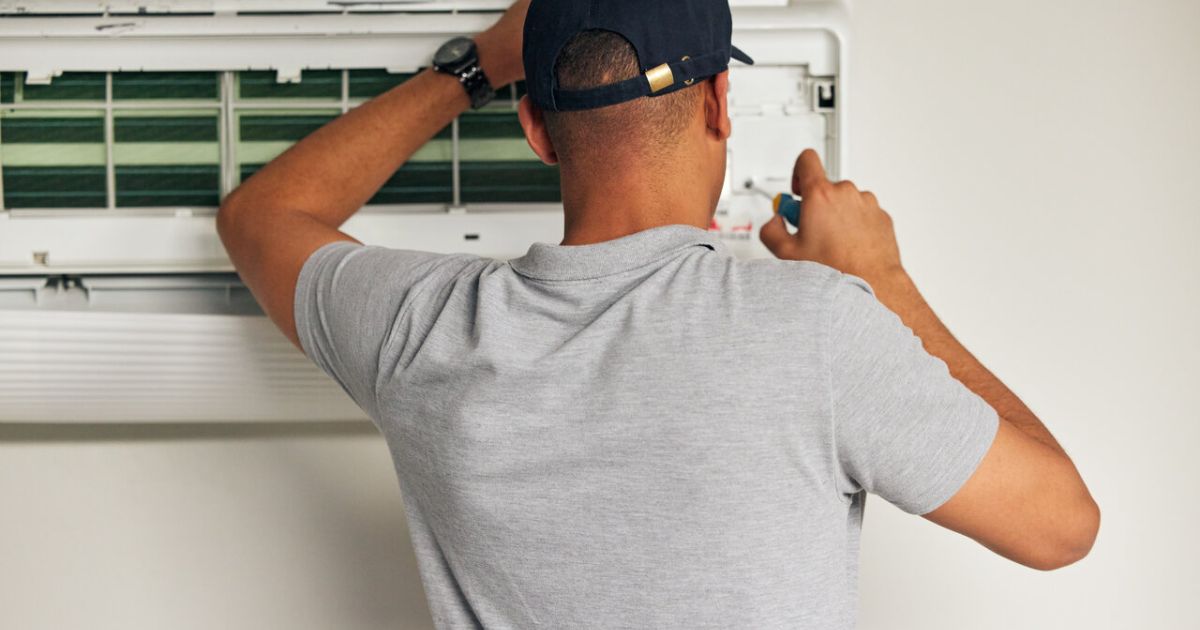Alleviate Allergy Symptoms with Expert AC Solutions from Big Bear Heating & Air

Allergies can be a debilitating sensitivity to various environmental factors, and while they may often be regarded as an issue found mainly outdoors, indoor allergens such as dust mites, pet dander, and mold spores can significantly impact your daily life and overall health. Frequent sneezing, itchy eyes, and other uncomfortable allergy symptoms can make it challenging to enjoy the comfort of your own home. However, with the right AC setup and indoor air quality solutions, you can alleviate these symptoms and create a more breathable living environment for yourself and your family. Big Bear Heating & Air, a top-rated AC company based in Sarasota, Florida, is dedicated to providing homeowners with expert guidance on how their AC systems can help alleviate allergy symptoms.
In this comprehensive guide, we will discuss the role your AC system plays in combating allergies and how various solutions and best practices can lead to a healthier, allergy-free home. By understanding the connection between your AC system and allergy symptoms, you can make informed decisions to improve your indoor air quality and overall well-being effectively.
Throughout this in-depth article, we will explore solutions such as regular AC maintenance and cleaning, upgrading air filters, investing in home air quality products like air purifiers and humidifiers, and implementing consistent ventilation practices. With guidance from the knowledgeable team at Big Bear Heating & Air, you can create a comfortable and healthy living environment for you and your family, ensuring allergy relief and superior indoor air quality all year long.
1: Regular AC Maintenance and Cleaning for Allergy Relief
Maintaining a clean AC system is one of the most effective ways to reduce allergens in your home. Regular maintenance and cleaning can help prevent the buildup of dust, mold, pollen, and pet dander within your system. This not only improves your indoor air quality but also helps alleviate allergy symptoms. Here are essential maintenance habits to incorporate for allergy relief:
- Schedule professional AC maintenance visits at least twice a year, preferably during spring and fall.
- Clean and replace air filters at least every 30 to 60 days, or according to the manufacturer’s recommendations.
- Inspect your ductwork for leaks, mold, and debris and schedule professional duct cleaning as necessary.
- Clean your outdoor AC unit and surrounding area at least twice a year to prevent outdoor allergens from entering your system.
2: Upgrading Air Filters for Enhanced Allergen Reduction
Upgrading your AC air filters can make a significant difference in the battle against indoor allergens. Standard filters may not remove small particles, including some allergens. By investing in higher-quality filters, you can effectively eliminate allergen particles from the air in your home. When selecting air filters, consider the following:
- Look for filters with a higher Minimum Efficiency Reporting Value (MERV) rating. Filters with ratings between 8 and 12 are excellent at removing allergens without restricting airflow.
- Consider HEPA (High-Efficiency Particulate Air) filters, which are highly effective at trapping microscopic particles, including allergens.
- Replace your upgraded filters regularly as recommended to ensure consistent air purification and allergen reduction.
3: Investing in Home Air Quality Products to Combat Allergens
Air purifiers, humidifiers, and dehumidifiers can all significantly improve your home’s indoor air quality and help alleviate allergy symptoms. These products serve specific purposes and can target different indoor allergens:
- Air Purifiers: These devices utilize HEPA filters, activated carbon, or UV-C light to capture and neutralize allergens like dust, pet dander, and mold spores, which circulate throughout your home.
- Humidifiers: During winter months, low humidity can cause irritated sinuses and worsened allergy symptoms. A humidifier can maintain ideal humidity levels of around 30-50%, ensuring that your indoor environment remains comfortable for allergy sufferers.
- Dehumidifiers: Excess humidity can promote mold and mildew growth, triggering allergy symptoms. A dehumidifier helps maintain proper humidity levels, preventing moisture-related allergen growth.
4: Consistent Ventilation Practices for a Healthier Home
Maintaining proper ventilation in your home is crucial for reducing indoor allergens and maintaining a healthy living environment. Here are some essential ventilation tips to consider:
- Utilize exhaust fans in bathrooms and kitchens to help eliminate moisture, odors, and potential allergens.
- Consider an energy recovery ventilator (ERV), which replaces stale indoor air with fresh outdoor air without compromising energy efficiency.
- Regularly open windows for short periods, particularly during milder months, to encourage natural air exchange and remove indoor allergens.
Conclusion
Creating a comfortable and allergy-free indoor environment is an essential aspect of your home’s overall health and wellness. With the expert guidance and solutions provided in this guide, you can take control of your living space and effectively alleviate allergy symptoms for you and your family.
Big Bear Heating & Air is dedicated to providing Florida homeowners with the resources and services needed to maintain a healthy and comfortable living environment. Our experienced team is equipped to help you optimize your AC system for allergy relief and ensure that your home remains a safe haven from outdoor allergens. Contact us today to schedule a consultation on our indoor air quality solutions in Sarasota.
